Frank Wang
The Many Faces of Robustness: A Critical Analysis of Out-of-Distribution Generalization
Jun 29, 2020
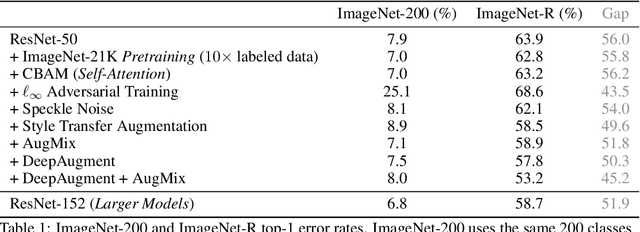
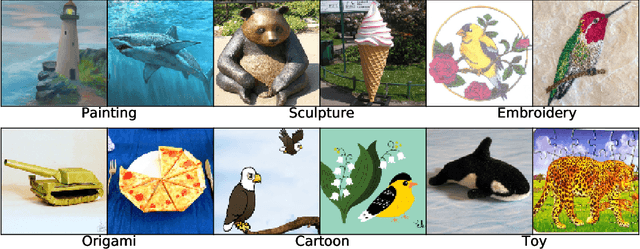

Abstract:We introduce three new robustness benchmarks consisting of naturally occurring distribution changes in image style, geographic location, camera operation, and more. Using our benchmarks, we take stock of previously proposed hypotheses for out-of-distribution robustness and put them to the test. We find that using larger models and synthetic data augmentation can improve robustness on real-world distribution shifts, contrary to claims in prior work. Motivated by this, we introduce a new data augmentation method which advances the state-of-the-art and outperforms models pretrained with 1000x more labeled data. We find that some methods consistently help with distribution shifts in texture and local image statistics, but these methods do not help with some other distribution shifts like geographic changes. We conclude that future research must study multiple distribution shifts simultaneously.
A Nonlinear Model for Time Synchronization
Mar 01, 2019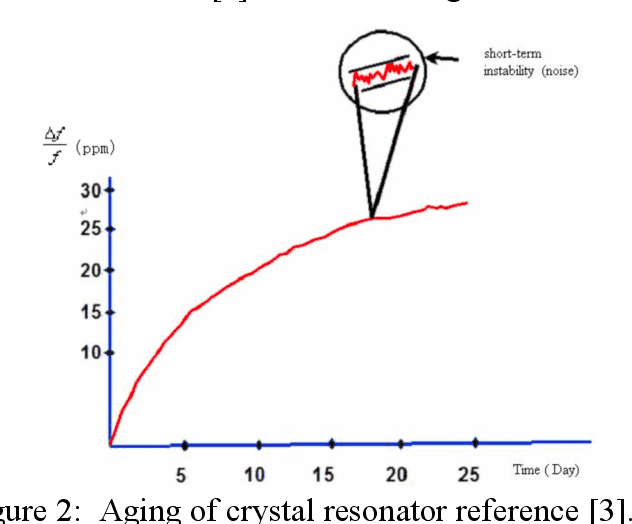
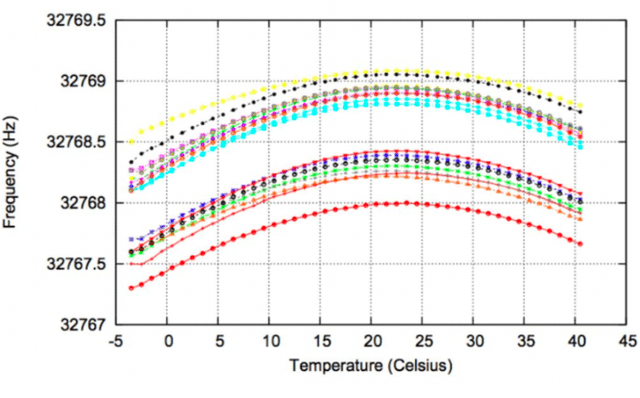
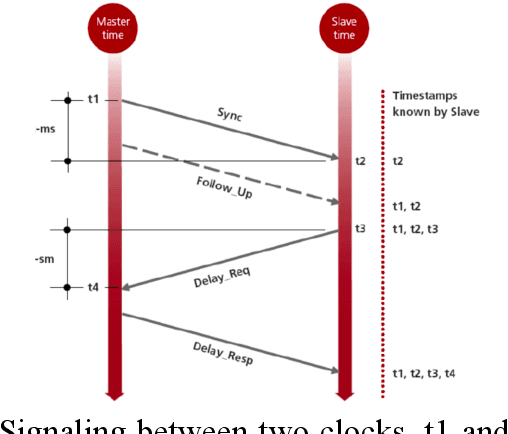
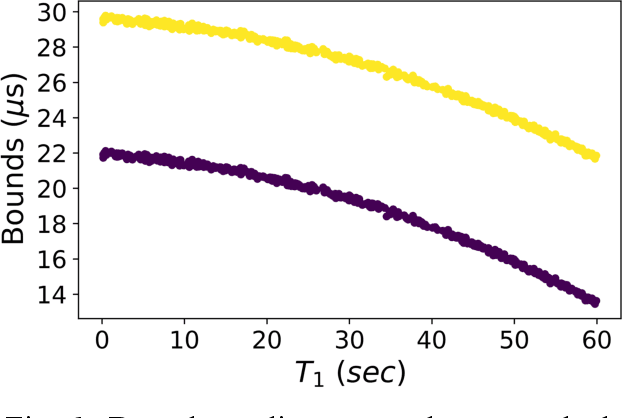
Abstract:The current algorithms are based on linear model, for example, Precision Time Protocol (PTP) which requires frequent synchronization in order to handle the effects of clock frequency drift. This paper introduces a nonlinear approach to clock time synchronize. This approach can accurately model the frequency shift. Therefore, the required time interval to synchronize clocks can be longer. Meanwhile, it also offers better performance and relaxes the synchronization process. The idea of the nonlinear algorithm and some numerical examples will be presented in this paper in detail.
 Add to Chrome
Add to Chrome Add to Firefox
Add to Firefox Add to Edge
Add to Edge